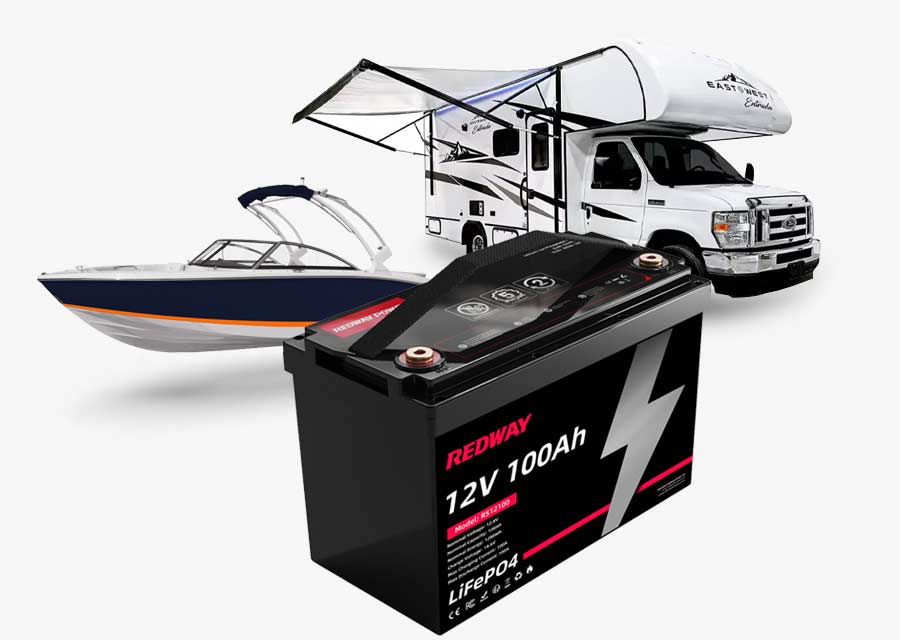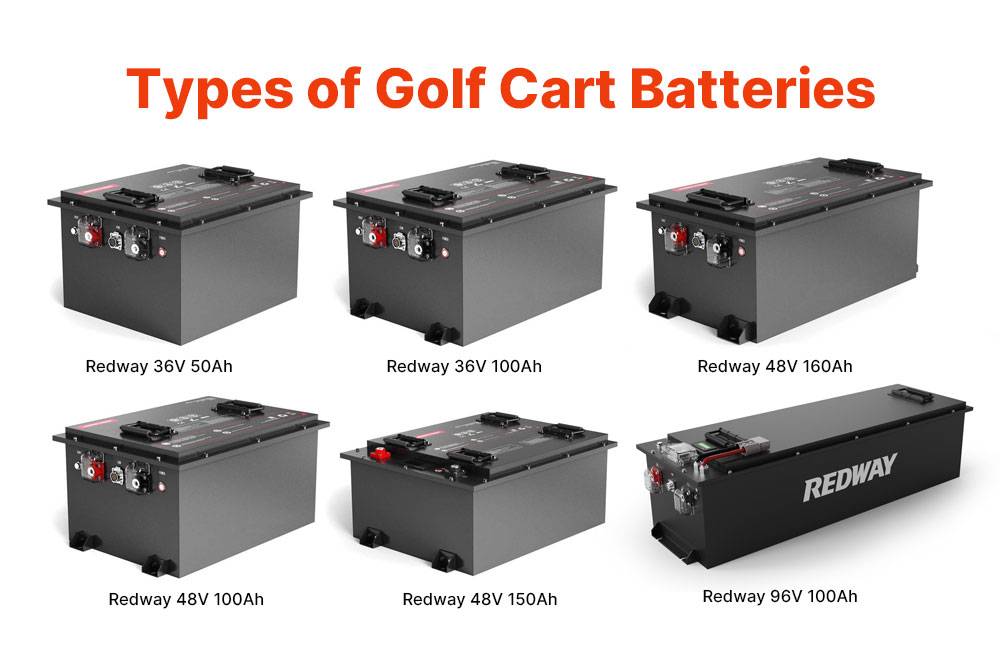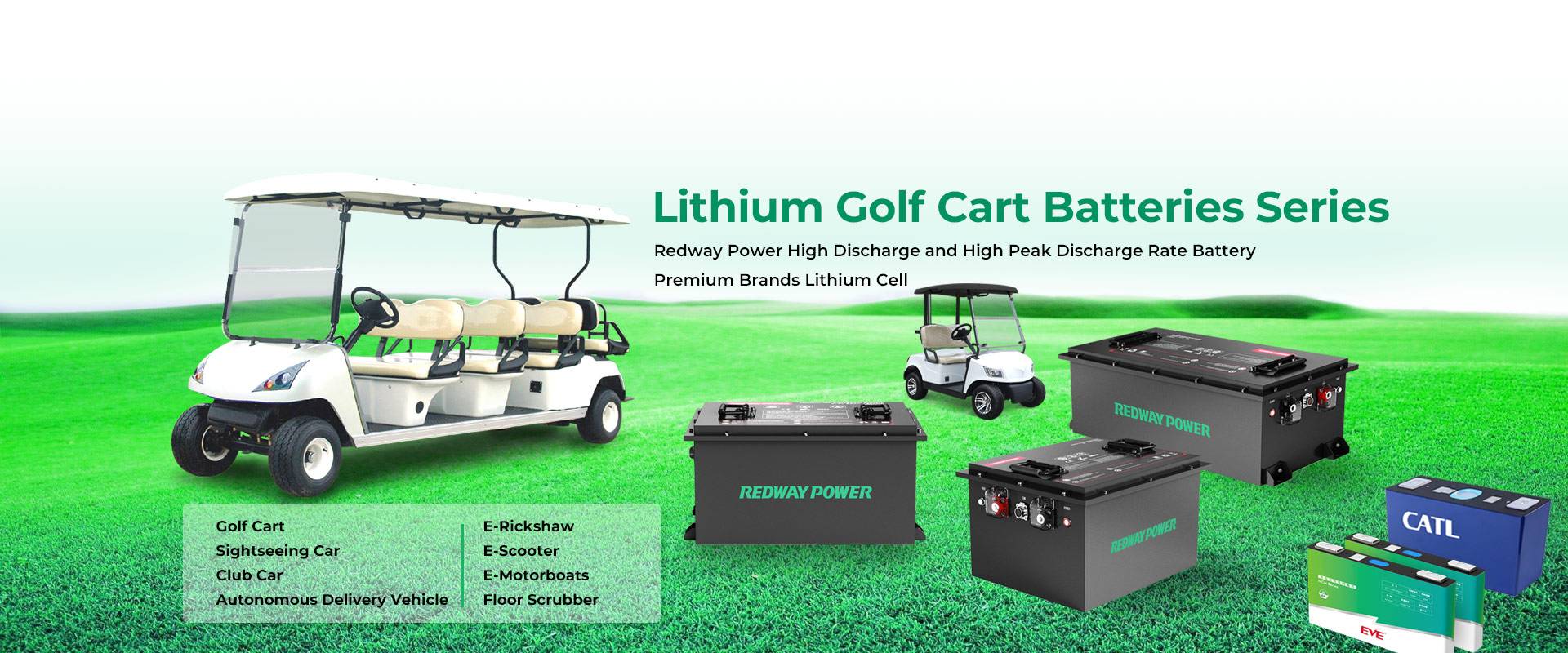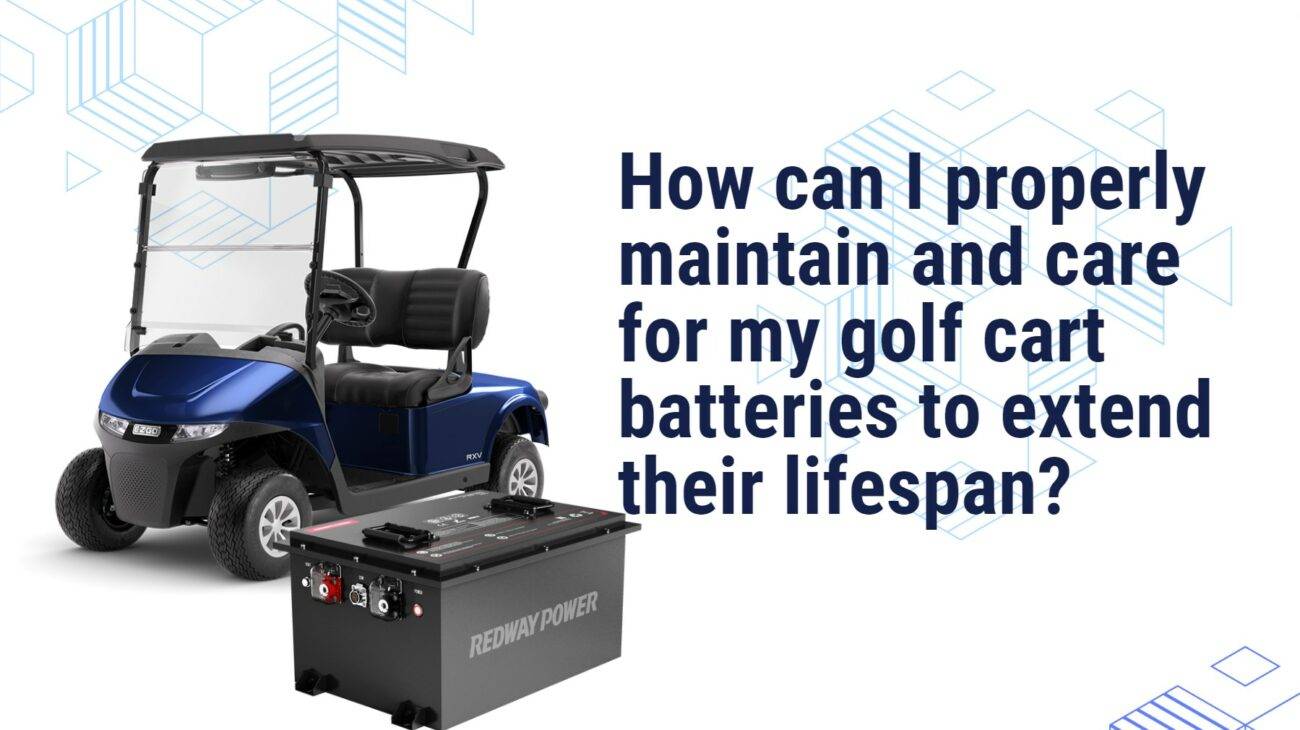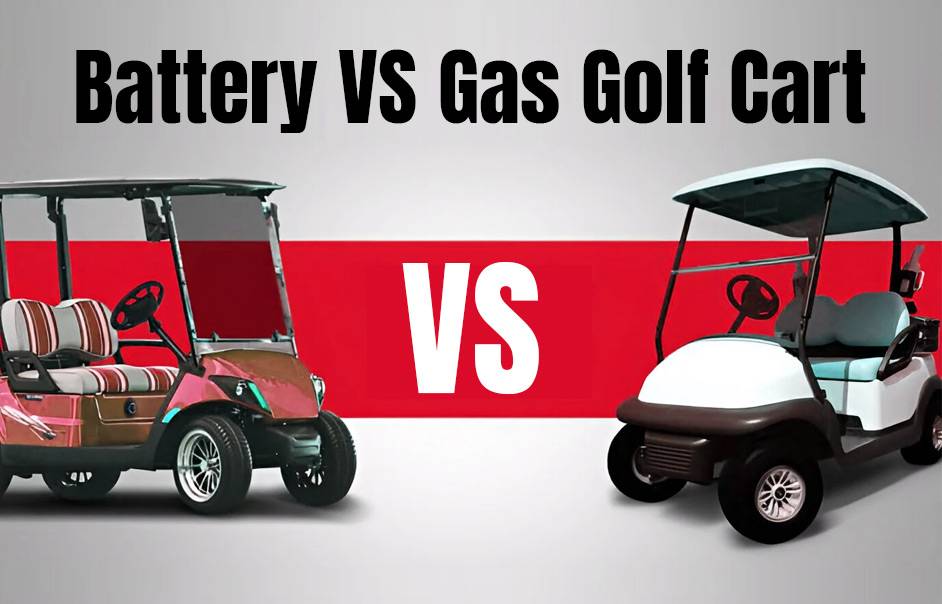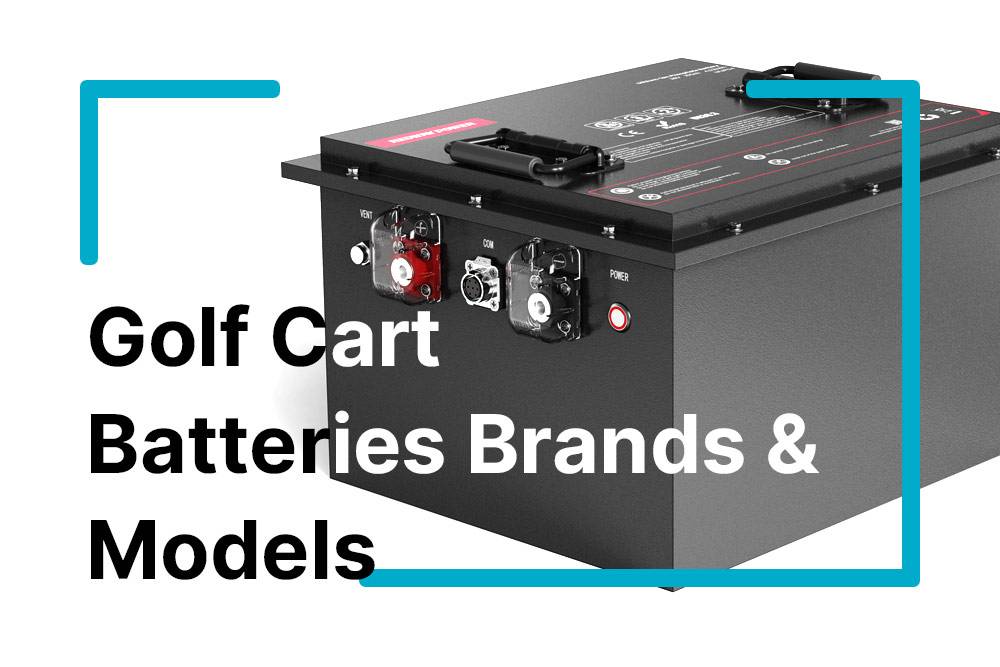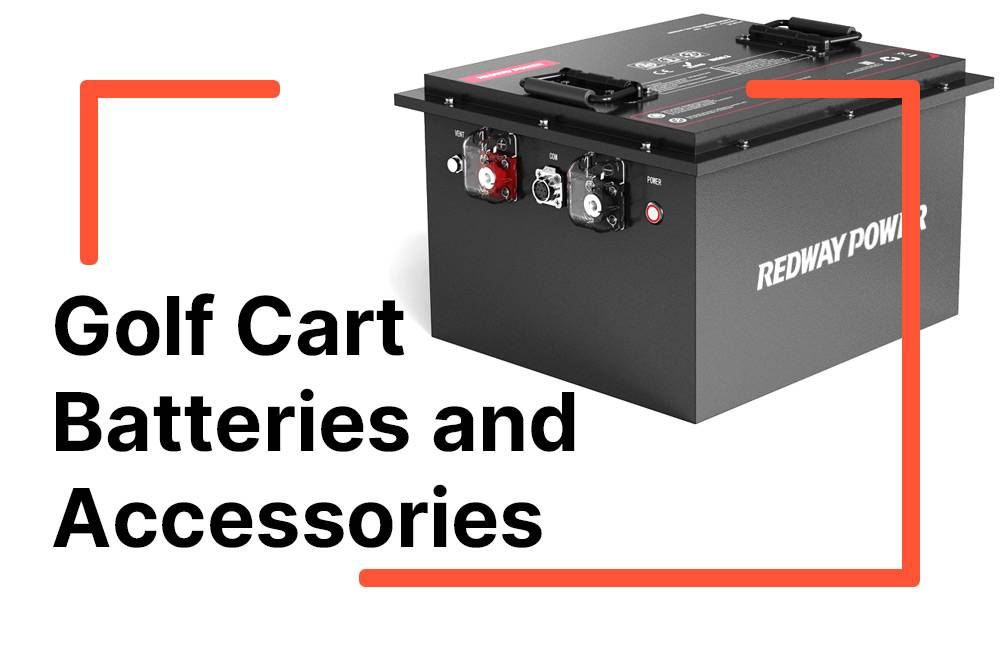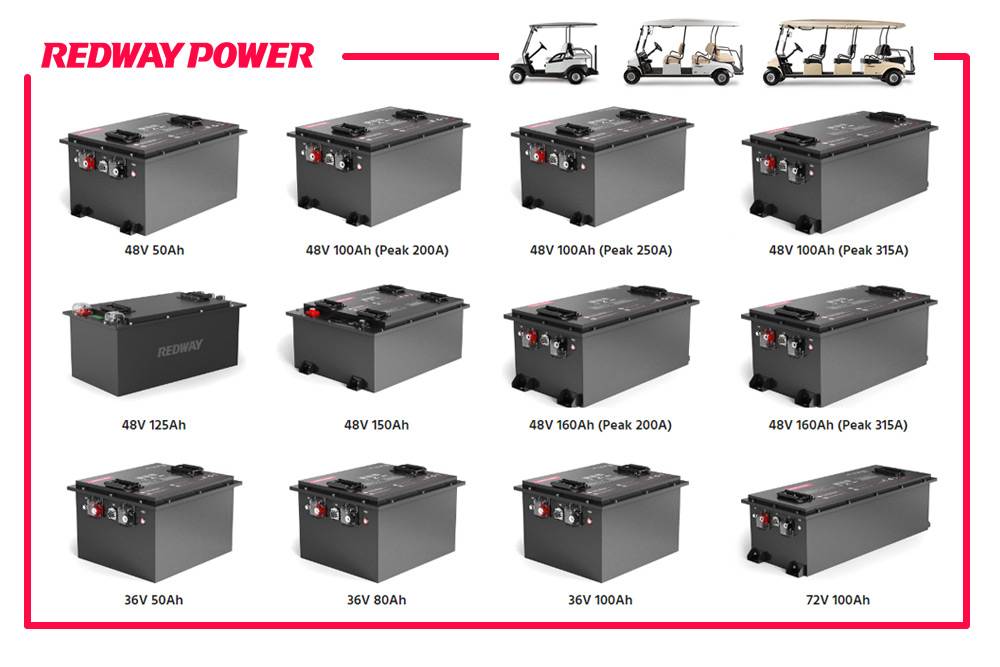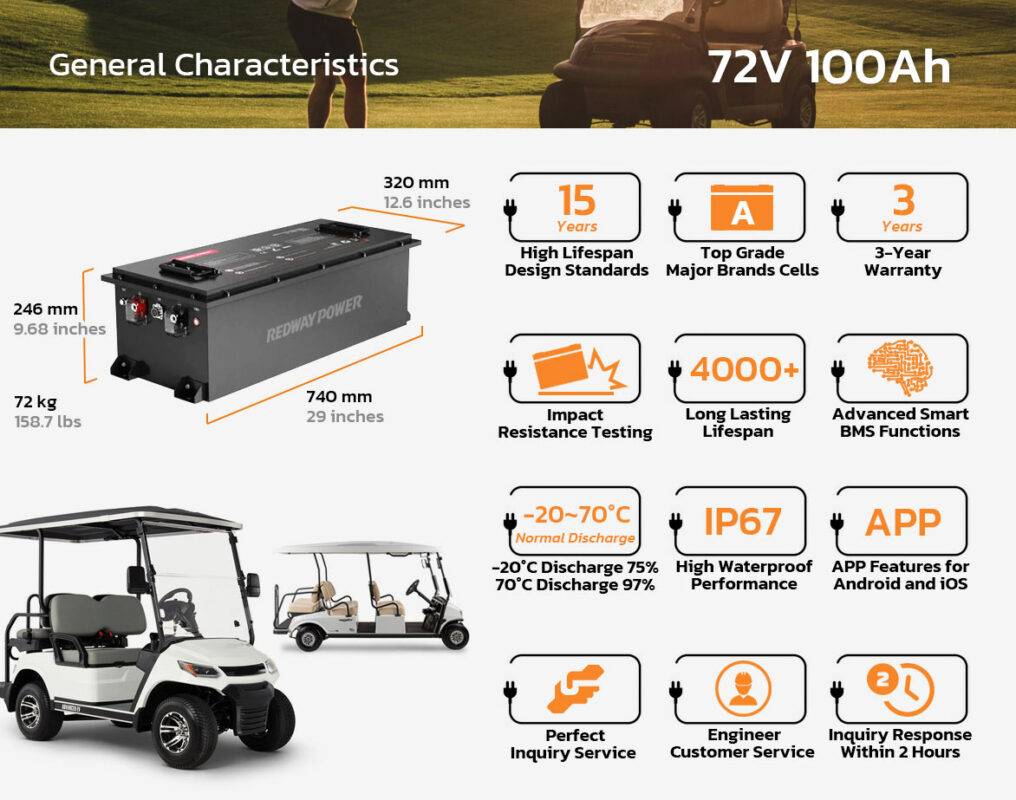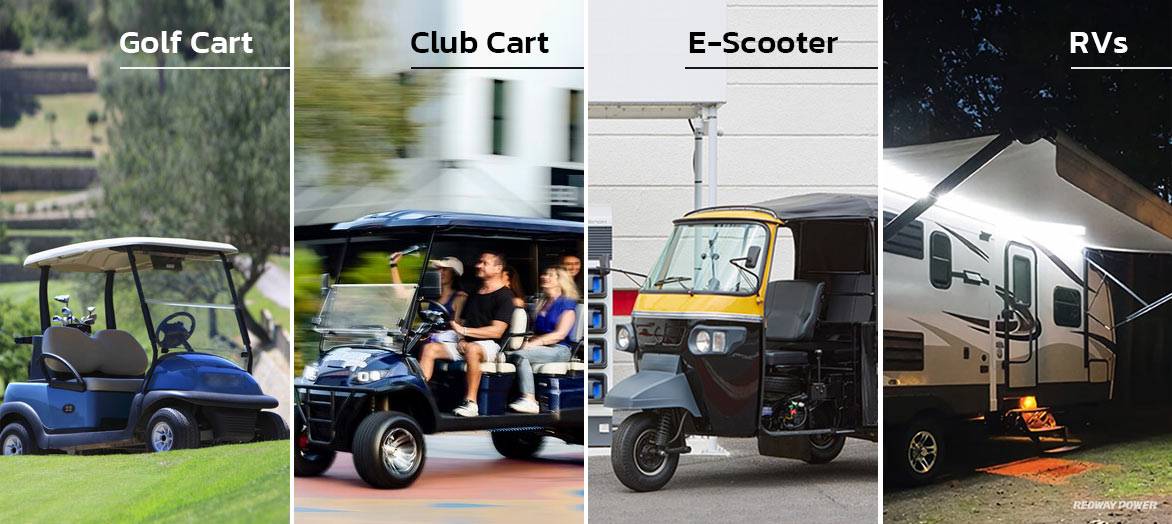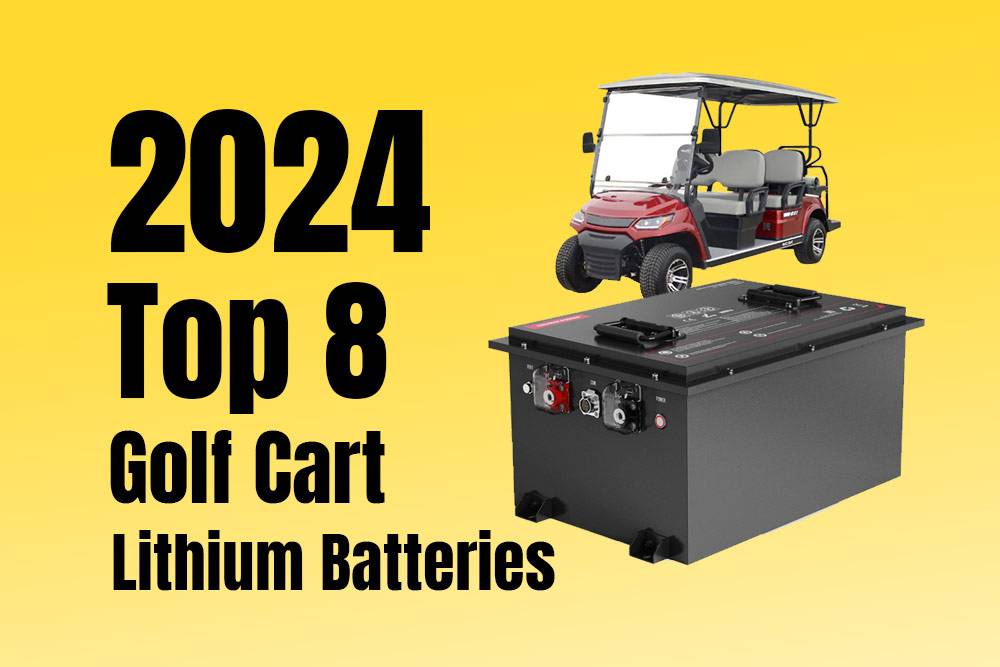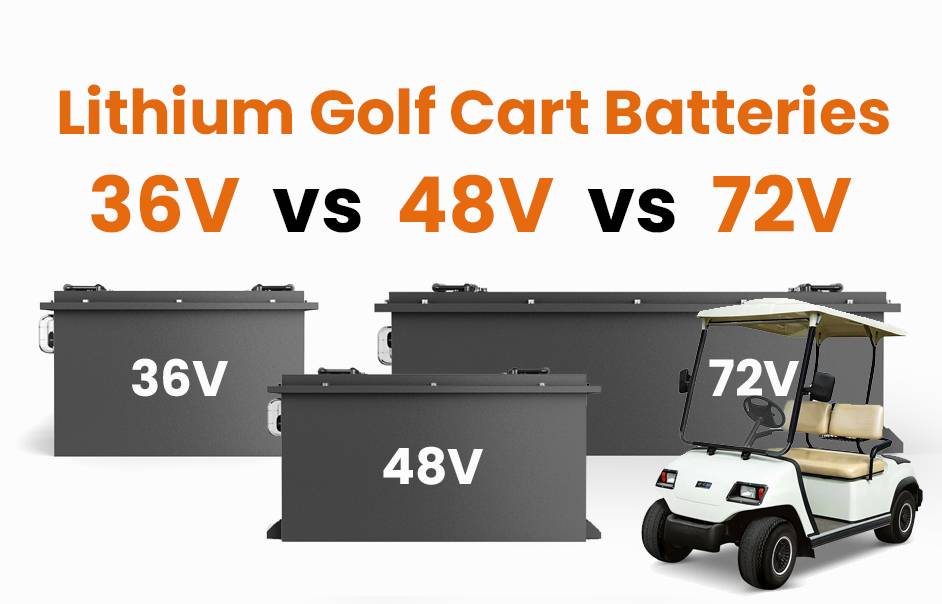Golf cart batteries come in several types, each with unique characteristics that cater to different needs and preferences. The most common varieties include flooded lead-acid, absorbed glass mat (AGM), and lithium-ion batteries. Flooded lead-acid batteries have been the standard for quite some time due to their cost-effectiveness and reliability. These batteries are known for using thick plates and large separators, along with a high-density paste material which allows for repeated deep discharges.
In contrast, AGM batteries represent a step up in terms of maintenance and durability. They are sealed, which makes them spill-proof and reduces the need for regular maintenance. AGM batteries employ a fiberglass mat to hold the electrolyte in place, which improves their shock resistance and helps minimize acid spills. On the cutting edge of golf cart battery technology, lithium-ion variations are gaining popularity. They are significantly lighter than their lead-acid counterparts and boast a higher energy density, which means they can deliver more power without taking up as much space or weight.
Choosing between these types of golf cart batteries is crucial as it can have a significant impact on the performance, longevity, and maintenance of your golf cart. Factors to consider include the typical usage, budget, and desired longevity, all of which play a role in determining the best option for an individual’s specific situation. Each type provides a set of benefits that can enhance the golf cart experience when aligned with the user’s needs.
Understanding Golf Cart Batteries
Selecting the right type of battery for a golf cart is pivotal for performance and efficiency. It involves understanding the different voltages and current requirements, as well as the technology behind each battery type.
Fundamentals of Golf Cart Batteries
Golf cart batteries are the powerhouse of electric golf carts, providing the necessary current to propel the vehicle forward. Typically measured in volts (V) and amps (A), these batteries come in various specifications to meet different performance needs. Voltage refers to the electrical potential of the battery, with most golf carts requiring 36 or 48 volts to operate effectively. Current, on the other hand, is the flow of electricity supplied by the battery, indicated by amps. Golf cart batteries must consistently deliver sufficient current to sustain the cart’s operation over the course of a game.
Comparing Battery Types
There are principally two types of batteries used in golf carts: lead-acid batteries and lithium-ion batteries. Lead-acid batteries have been utilized for decades, known for their cost-effectiveness and widespread availability. They require regular maintenance, including water top-ups and terminal cleaning.
Lithium-ion batteries, a more recent advancement in battery technology, have a higher energy density, which translates to a lighter and more compact battery for the same amount of storage capacity. They provide consistent voltage levels, ensuring the cart maintains its speed and torque over the discharge cycle. Although they come with a higher upfront cost, lithium-ion batteries offer a longer lifecycle and require less maintenance compared to their lead-acid counterparts.
By comparing battery types, one can understand the trade-offs between upfront costs, maintenance requirements, performance, and the longevity of golf cart batteries.
Lead-Acid Batteries
Lead-acid batteries are a tried-and-true technology widely used in golf carts for their affordability and reliability. These batteries are known for their robustness and are available in different types, each with distinct maintenance needs and performance characteristics.
Flooded Lead-Acid Batteries
Flooded lead-acid batteries represent the traditional design of lead-acid batteries, where the electrolyte is in liquid form and can move freely within the battery casing. They typically require regular maintenance, including checking and topping off fluid levels to ensure proper operation and longevity. Their construction involves thick plates and large separators, which make them tolerant to deeper discharges. However, this type of flooded battery must be stored upright to prevent leakage and is not suitable for rough or high-vibration environments.
Sealed Lead-Acid Batteries
Sealed lead-acid batteries, on the other hand, are designed with safety and convenience in mind. They require less maintenance compared to flooded counterparts, as they are designed to prevent fluid loss. The internal composition includes an absorbed glass mat (AGM) or a gel to hold the electrolyte in place, eliminating the need for water top-ups and making them spill-proof. This sealed design also allows for more flexible installation options and is more resistant to vibrations and impacts, making them suitable for various golf cart applications.
Lithium-Ion Batteries
Lithium-ion batteries represent a significant advancement in golf cart technology, offering increased efficiency and lower maintenance costs over their lifespan. They excel in high energy density and longevity, making them a powerful choice for golf carts.
Advantages of Lithium-Ion
Longevity: One of the standout benefits of lithium-ion batteries is their long lifespan. Unlike traditional lead-acid batteries, lithium-ion cells can last for thousands of charge cycles before their capacity diminishes significantly. This longevity translates to fewer replacements and, consequently, lower long-term maintenance costs.
Maintenance Cost: The upkeep associated with lithium-ion batteries is minimal, making them low maintenance. They do not require the water top-up that is essential for lead-acid batteries, saving time and effort in maintenance.
High Energy Density: They are favored for their high energy density, allowing them to store more energy than other types of batteries of a similar size. This high energy capacity means golf carts can cover longer distances on a single charge.
Efficiency: When it comes to efficiency, these batteries charge at a much faster rate than their lead-acid counterparts. This efficiency can be crucial for golf courses or personal use where golf carts need to be ready and operational with minimal downtime.
Characteristics of Lithium Batteries
Weight: Lithium batteries are significantly lighter than traditional options, which helps reduce the overall weight of the golf cart. The reduction in weight can lead to better performance and less wear on the golf cart’s components.
Voltage: The voltage of a lithium-ion battery remains stable for most of the discharge cycle, contributing to the efficient operation of the golf cart and ensuring consistent performance.
In summary, golf carts powered by lithium-ion batteries benefit from low maintenance requirements, a longer lifespan, and efficient energy usage. The upfront cost may be higher, but the long-term savings and performance enhancements make lithium-ion batteries a compelling choice for many users.
Performance and Maintenance
When considering the performance and maintenance of golf cart batteries, it’s critical to understand that longevity and peak functionality are directly affected by appropriate care and regular maintenance routines.
Maximizing Battery Life
To maximize the lifespan and capacity of golf cart batteries, it’s essential to manage the deep cycles properly. For electric golf carts, the run time can be significantly extended by ensuring batteries are charged with the correct charger and are not subjected to extreme weight demands. Frequent checks are key to ensuring batteries maintain their rated performance and speed. Adhering to the ideal charging patterns and avoiding complete discharge helps in preserving battery capacity.
Importance of Proper Maintenance
Routine maintenance is not only about cost savings—it’s about preserving the lifetime and efficiency of your golf cart batteries. Proper battery maintenance involves regular cleaning of terminals to prevent corrosion, checking the electrolyte levels, and using distilled water to top up when necessary. Moreover, it’s important to keep a check on the physical condition of the batteries as well as the maintenance cost over time, as damaged or worn-out batteries can degrade the cart’s overall performance. Regularly scheduled servicing can avert the risks of performance loss and ensure a consistently high lifespan of the battery.
Safety and Standards
When selecting and maintaining golf cart batteries, understanding and adhering to safety measures and compliance standards is crucial for optimal performance and longevity.
Battery Safety Measures
Battery maintenance is essential for ensuring safety in operation. They should be regularly inspected for damage and wear. Sealed batteries, often referred to as spill-proof, require less maintenance but should still be examined periodically. Users must ensure that the charger used matches the battery’s voltage and type to prevent overcharging and potential hazards. Proper handling is important; for instance, when handling lead-acid batteries, one must wear protective gear to prevent any burns or harm from acid spills.
Compliance with Standards
Golf cart batteries are subject to various standards that ensure their safe and efficient operation. Manufacturers must comply with these regulations to ensure that their products can be legally sold and used. This includes meeting specific requirements on performance, safety, and warranty claims. Batteries should also be disposed of in accordance with environmental standards to prevent harm to the environment. For consumer assurance, it is recommended to purchase batteries with clear warranty terms that protect against defects and performance issues.
Replacement and Upgrades
When it’s time to replace golf cart batteries, choosing the right type is crucial for maintaining optimal performance. Upgrading can also offer improvements in power and run time.
Choosing Replacement Batteries
The selection of replacement batteries should be guided by the specific power requirements of the golf cart. Most carts operate on either 36V or 48V systems, with the latter offering more horsepower and extended run time. The best batteries for replacement are those that match the cart’s original specifications to ensure proper fit and function. For example, if the golf cart has a 36-volt system, pairing it with a replacement battery pack of six 6-volt batteries is typical for maintaining balanced power distribution.
- Compatibility: Check the voltage and amp-hour ratings.
- Type: Choose from lead-acid, AGM, or lithium-based on performance needs.
Upgrading Your Golf Cart Battery
Upgrading from a 36V to a 48V system can boost both acceleration and power. This process can involve changing the cart’s controller and adding more batteries or replacing them with a higher-voltage pack. An upgrade should factor in the golf cart’s capacity to handle increased power to avoid damage to the motor or electrical system.
- Horsepower Improvements: Expect smoother acceleration and possibly higher top speeds.
- Enhanced Run Time: A higher voltage system can translate to longer periods of use between charges.
Note: Upgrades should always be performed by professionals or under the guidance of the manufacturer’s recommendations to ensure safety and warranty compliance.
Practical Considerations
When choosing a golf cart battery, it is essential to weigh practical considerations such as overall cost, potential benefits, and how environmental factors might affect performance and longevity.
Cost vs. Benefit Analysis
Maintenance Cost and Lifespan: The total cost of owning a golf cart battery goes beyond the initial purchase price. For instance, lead-acid batteries are generally less expensive upfront but may incur higher maintenance costs over their lifespan due to the need for regular watering and cleaning. In contrast, lithium-ion batteries typically have a higher initial cost but lower maintenance requirements, potentially offering more value over time.
Efficiency and Energy Efficiency: A battery’s efficiency is closely related to its amp-hour capacity and energy efficiency, which together dictate how much power it can deliver and for how long. Lithium-ion batteries typically exhibit higher energy efficiency and can maintain consistent voltage levels longer, translating to greater efficiency in operation.
Environmental and Temperature Factors
Temperature Considerations: The efficiency and safety of golf cart batteries can be heavily influenced by temperature. Lead-acid batteries, for example, may struggle in extreme temperatures, experiencing decreased capacity in the cold and increased self-discharge in the heat.
Battery Capacity and Charge Rate: Both the battery capacity and the charge rate can be affected by environmental factors. Batteries need to manage the heat generated during charging and discharging to maintain safety and longevity. Lithium-ion batteries have an advantage in this area, as they tend to handle temperature variation better and have a faster charge rate than lead-acid batteries, making them more suitable for environments with frequent temperature fluctuations.
Ancillary Equipment
Ancillary equipment for golf cart batteries encompasses the essential tools and accessories necessary for the proper charging and maintenance of the battery to ensure optimal functionality and longevity.
Chargers and Maintenance Tools
When selecting a charger for your golf cart battery, it’s crucial to choose one that matches the battery type and voltage. Smart chargers are advantageous because they adapt the charging rate to the battery’s condition, which can prolong its life. It’s advisable to have a variety of maintenance tools on hand, such as a bristle brush to clean battery terminals and prevent corrosion. Additionally, tools for inspecting and replacing frayed cables and applying silicone paste to connections to prevent moisture ingress are important in maintaining the electrical integrity of electric golf carts.
Compatibility with Golf Cart Systems
Compatibility of the chargers and maintenance equipment with your golf cart’s systems cannot be overstated. The charger must be compatible with the golf cart battery and conform to the specifications of the controller. This alignment ensures that the battery is charged correctly and avoids damage to the electrical system. Maintenance routines involving checking gas tanks in hybrid carts or reviewing the entire electrical pathway in electric carts are critical for consistent functionality. Regular use of maintenance tools can prevent minor issues from becoming major problems and ensure that your golf cart runs smoothly.
Usage Scenarios
The selection of golf cart batteries plays a pivotal role in how they perform in different settings. Each type of battery offers unique benefits suited to the activity at hand.
Golf Carts in Leisure Activities
In the world of leisure, golf carts are a common sight on golf courses and in resorts, providing a convenient mode of transportation for players and guests. Standard flooded lead-acid batteries are often chosen for their cost-effectiveness and ease of maintenance. Meanwhile, electric carts in resorts require dependable batteries that can handle frequent stops and starts, as well as varying terrains.
Utility Golf Carts in Work Environments
For utility golf carts used in work environments like parks and maintenance areas, durability and longevity are key. These carts often employ heavy-duty batteries to manage larger loads and longer usage periods. Absorbed Glass Mat (AGM) batteries are a popular choice due to their robustness and reduced maintenance needs. They are capable of withstanding the rigors of daily work tasks and unpredictable conditions.
Frequently Asked Questions
In this section, we address common inquiries regarding golf cart batteries, focusing on types, voltage comparisons, purchasing considerations, and brand differences.
What are the advantages of using a 12-volt battery in golf carts?
A 12-volt battery in golf carts offers easier handling due to its generally smaller size and potentially less complex wiring with fewer batteries needed as opposed to systems comprising 6-volt batteries.
How does a 48-volt golf cart battery compare to other voltages?
A 48-volt golf cart battery system typically provides greater power and efficiency, allowing for increased speed and longer range between charges compared to lower-voltage systems.
What should I consider when purchasing golf cart batteries?
When purchasing golf cart batteries, consider the maximum range, battery life expectancy, charge times, and whether the battery type is compatible with your cart’s charger and motor.
What are the benefits of lithium batteries in golf carts over traditional lead-acid?
Lithium batteries in golf carts are lighter, have a longer lifespan, offer more efficient charging, and require less maintenance compared to traditional lead-acid batteries.
How do I determine the correct size battery for my golf cart?
Determining the correct size battery for a golf cart involves checking the manufacturer’s specifications for voltage and dimensions as well as assessing your typical usage patterns to ensure adequate power capacity.
What are the differences between Trojan batteries and other brands for golf carts?
Trojan batteries are often recognized for their durability and reliability, with a reputation for longer life and consistent performance compared to some other brands.
